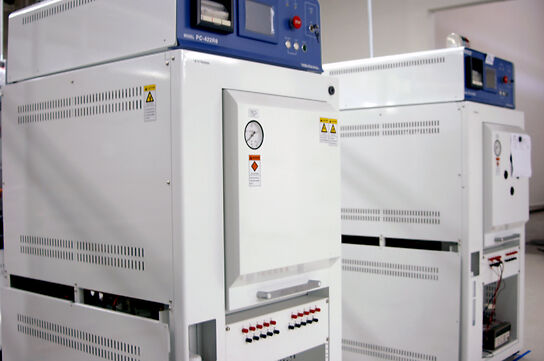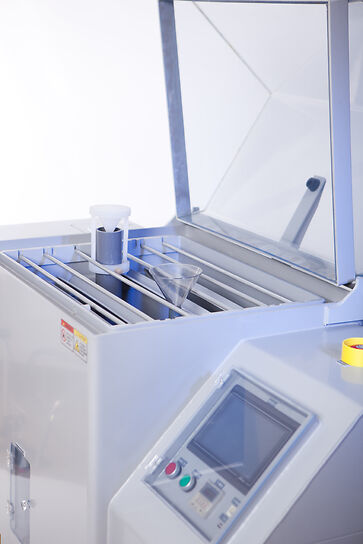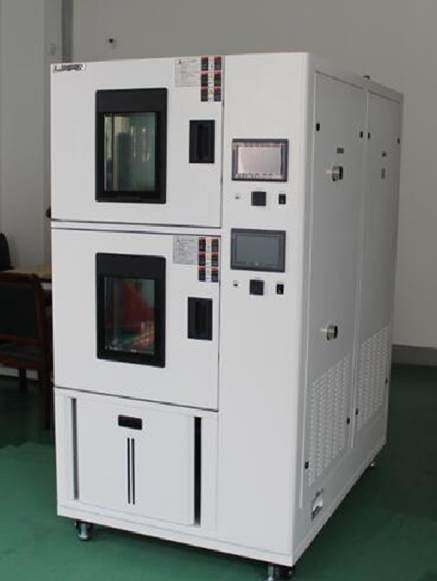- Home
- Blog
- Technical Articles
- Periodic Maintenance and Calibration
Periodic Maintenance and Calibration

Every time a chamber is in operation, there is stress and wear applied to it; chambers that are used more frequently and with harsher test parameters will undergo more wear. As test chambers are made up of several mechanical components, periodic maintenance and calibration are important services that should be conducted to not only extend the lifespan of the chamber but to reduce downtime as well. Most test chambers will require similar maintenance services while specialized chambers may have additional steps.
The most common and frequent maintenance operation for test chambers is to keep them clean. Chamber interiors should be wiped down to remove particles or residue post-testing. Chamber exteriors and any components behind paneling such as heaters, compressors, or humidifiers should be dusted off on a 6-month sechedule. Water reservoirs should be inspected to prevent particle buildup inside. Cleaning test chambers may be the easiest maintenance step to do, but it is also the most effective for keeping a chamber in adequate operating condition.
Calibration of test chambers is also an important part of keeping test chambers running properly. Most test chambers will have an electronic programmable controller that sets test parameters such as temperature and humidity. Since all measurements will have some degree of tolerance, the controller may fall out of sync over a long period of time. It is recommended to recalibrate the controller once a year to ensure that the parameters are correct and the testing is executed successfully. Modern systems will generally have more robust controllers that require less frequent recalibration (some may have automatic recalibration), but it is advisable to at least manually check the calibration to see if everything is within spec. Analog gauges such as pressure gauges should also be inspected and calibrated to ensure accurate parameter configuration and data recording.
Another important maintenance action is inspecting the safety systems of a test chamber. All chambers will have varying levels of safety systems, such as pressure valves, over-heating protection sensors, and alarm lights. To ensure the safety of operators using the chambers, these systems should be in working condition. One way to check these systems is to raise a false alarm, such as lowering the threshold for the over-heating temperature below the actual test temperature and running the chamber – if the safety systems are working properly, then the test chamber should shut down and relevant alarms should be activated.
Other maintenance operations will typically be listed in the user manual of a test chamber. This may include a schedule that specifies actions such as replacing air and water filters or flushing refrigerant according to the amount of time a chamber has been in operation. Replacing parts prior to failure will help prevent damage to components that were designed to last the life of the chamber, such as the heating and humidifying systems. Since every test chamber is different, following the maintenance and calibration listed in the user manual is the best course of action to keep a chamber in excellent condition.
Investing in periodic maintenance and calibration will improve testing efficiency and save money in the long run. A functioning chamber means lower downtime, which results in reduced loss of time and ultimately money. By taking care of periodic maintenance and calibration, the lifespan of a chamber will be extended and the quality of testing after thousands of hours of chamber operation will match the test quality of a new chamber.
Contact Hastest for assistance with creating a periodic maintenance plan for your equipment.
Relia Test Labs is accredited with the ISO/IEC 17025 testing and calibration laboratories standard, making us an attractive solution for your testing needs in the heart of the Silicon Valley.














